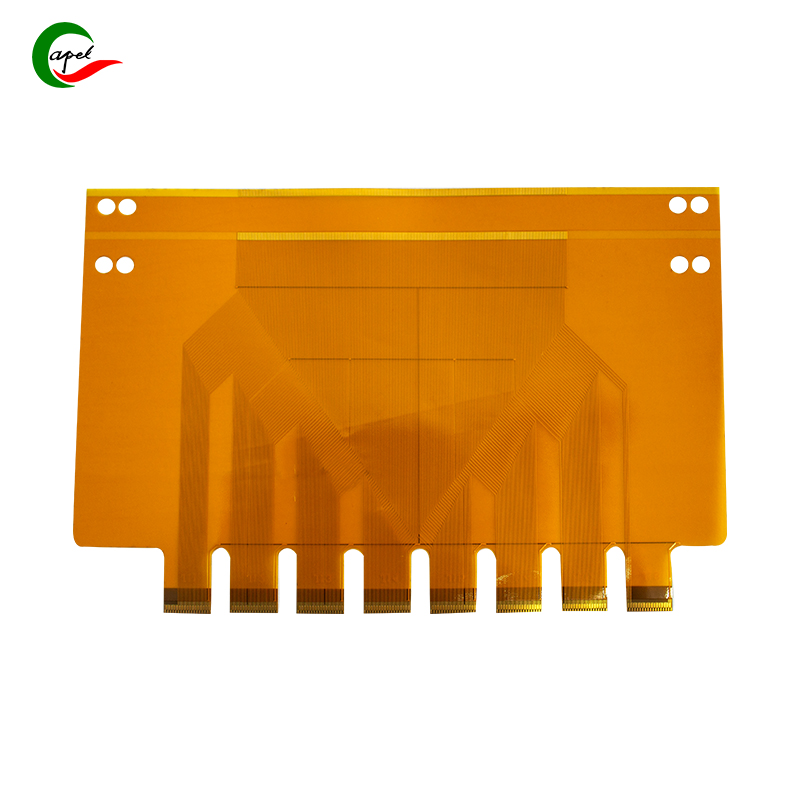Flexible PCBs are thin, bendable, and used in tight spots—like inside smartwatches or wireless earbuds. But if you’ve ever wondered how tiny components (like chips or sensors) stay attached to these flexible boards, or if they’ll fall off when the PCB bends, you’re not alone. The good news is: Flexible PCBs use reliable methods to bond components, and they rarely come loose—even with regular bending. Let’s break down how this works, with no confusing jargon.
It’s not just “glue”—flexible PCBs use two key, industry-standard methods to attach components. These methods are designed to handle bending and daily use:
Soldering is the same process used for rigid PCBs, but tweaked for flexible materials. Here’s how it works:
- What’s used: A tiny amount of “solder” (a metal alloy that melts at low temperatures, usually tin and lead, or lead-free alternatives).
- How it’s done: First, small metal pads are printed on the flexible PCB. Components (like a sensor or chip) have tiny metal legs that line up with these pads. Then, heat is applied (with a small soldering iron or a machine called a “reflow oven”)—the solder melts, fills the gap between the component’s legs and the PCB’s pads, and hardens as it cools.
- Why it’s strong: When cooled, the solder forms a rigid, metal bond that’s resistant to bending. For example, the chip in your wireless earbud is soldered to a flexible PCB—even when you twist the earbud, the solder holds the chip in place.
Some components (like large batteries or heavy sensors) are too big or delicate for soldering. Instead, they use special adhesives made for flexible PCBs:
- What’s used: “Pressure-sensitive adhesives (PSA)” or “epoxy adhesives” that are flexible (so they don’t crack when the PCB bends) and heat-resistant (to handle device warmth).
- How it’s done: The adhesive is applied to either the component or the PCB. Then, pressure is pressed to bond them—some adhesives also need a short heat treatment to set fully.
Why it’s strong: These adhesives are designed to stick to both the flexible PCB’s material (usually polyimide) and the component’s surface (like plastic or metal). For example, the battery in a smartwatch is often glued to a flexible PCB—even when you flex the watch’s band, the adhesive doesn’t peel.

You might worry that bending the PCB would break the bond—but manufacturers test for this, and the methods above are built to last. Here are the key reasons components stay put:
Flexible PCBs are made of polyimide (a bendable plastic), and the solders/adhesives used are chosen to “flex with the PCB”:
- Solder: Lead-free solders for flexible PCBs have added metals (like silver) that make them slightly flexible—so when the PCB bends, the solder doesn’t crack (unlike the rigid solder used for rigid PCBs).
- Adhesives: Flexible adhesives stretch slightly with the PCB, instead of becoming brittle and peeling. Think of it like a rubber band vs. a piece of tape—rubber stretches without breaking, while tape peels when pulled.
Before flexible PCBs are used in devices, they go through “bend testing”:
- How it’s tested: A machine bends the PCB back and forth (usually 10,000–100,000 times) at the same angle it would bend in a device (like a smartwatch band bending 90 degrees).
- What’s checked: After testing, engineers check if any components have come loose or if solder/adhesive has cracked. Only PCBs that pass this test are used in products.
- Real example: A foldable phone’s flexible PCB is tested to 200,000 folds—enough to last 5+ years of daily use—without components falling off.
Manufacturers don’t just attach components—they also design the PCB to reduce stress on the bonds:
- Component placement: Heavy components (like batteries) are placed on the least flexible parts of the PCB (near rigid sections, if there are any) to avoid bending stress.
- Stiffeners: Small, thin metal or plastic “stiffeners” are glued to the PCB under heavy components. These stiffeners keep the area around the component from bending too much, so the adhesive/solder doesn’t get stretched.
While rare, components can come loose in two cases—but these are easy to prevent with proper use:
If a flexible PCB is exposed to temperatures outside its range (usually -40°C to 120°C), the bond can weaken:
- Heat: Too much heat (like leaving a phone in a hot car for hours) can melt low-quality adhesive or soften solder.
- Cold: Extreme cold can make adhesives brittle and solder crack.
- How to avoid: Don’t use devices in extreme temperatures—keep your phone out of a hot car, and don’t use a smartwatch in a -30°C blizzard.
If a device is dropped hard or twisted forcefully (like yanking a wireless earbud’s cord), the sudden stress can break the bond:
- Example: Dropping a smartwatch on concrete might jar a soldered chip loose, or twisting a foldable phone beyond its limit could peel an adhesive-bonded battery.
- How to avoid: Use cases for devices, and don’t bend or twist them more than they’re designed to (e.g., don’t force a foldable phone to fold flat the other way).
The way flexible PCBs bond to components—soldering or adhesive—is built for both strength and flexibility. Manufacturers test these bonds rigorously, so components almost never fall off during normal use. As long as you use your device within its temperature and bending limits, the flexible PCB and its components will stay attached for years.
related link:
